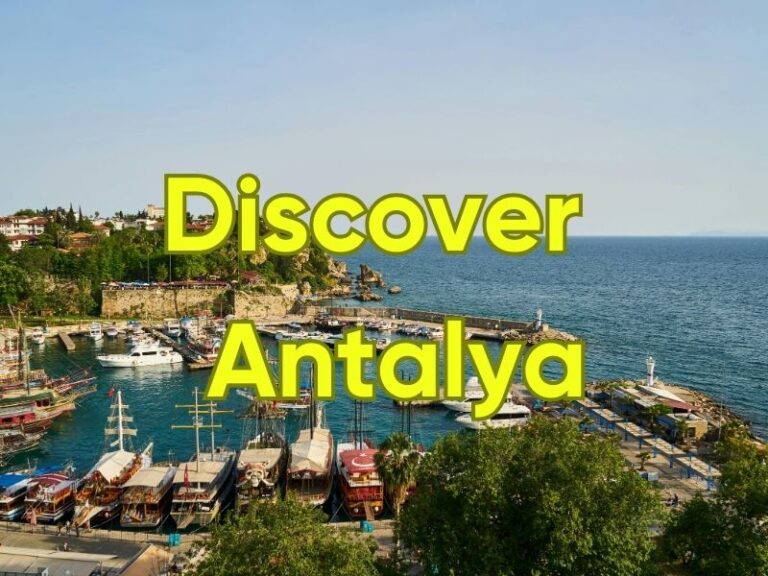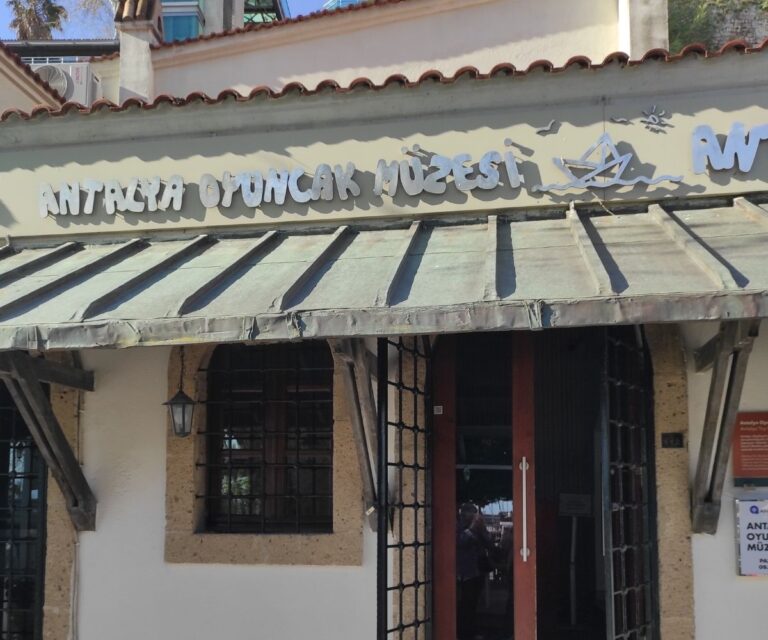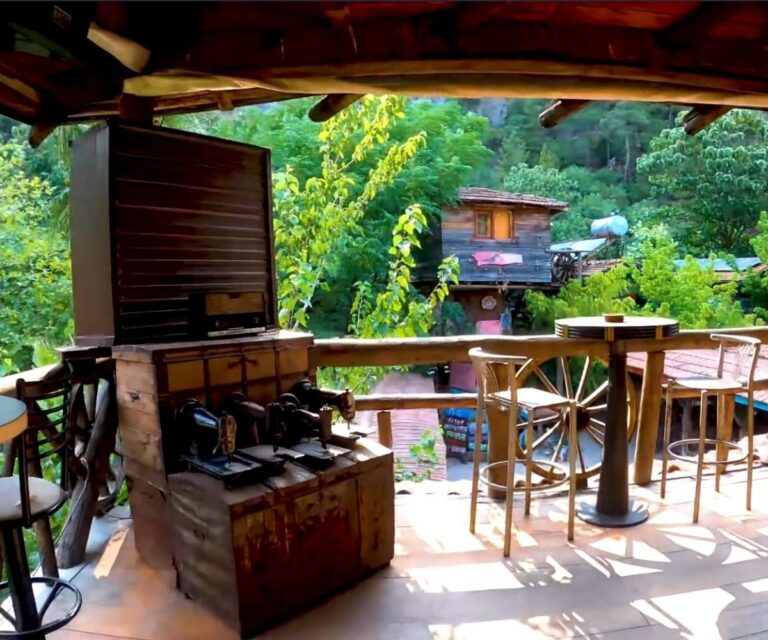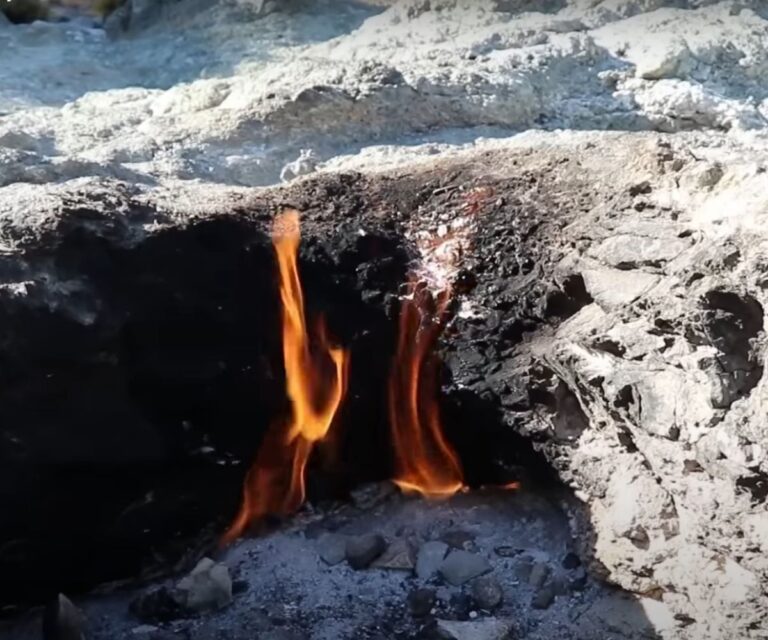Antalya Museum 6 Best Details
There are a total of 14 exhibition halls in Antalya Museum Turkey. It is a museum where artifacts found within the borders of Antalya province, which includes the Roman, Lycia, Pamphylia and Pisidia regions, are exhibited.
Antalya Museum History
İçerik
Antalya Museum was founded in 1922 to prevent the greed and theft of works of art by the European powers that invaded during the First World War, and to protect the salvaged works. It was administered by using different mosques until 1972 and was later transferred to its current location.
There are 14 exhibition halls in total in the museum and they are open every day of the week between 8:30-17:30. It is a museum where artifacts found within the borders of Antalya province, which includes the Lycia, Pamphylia and Pisidia regions, are exhibited. Awarded by Europe in 1988, Antalya Museum displays thousands of years of art in the best possible way. Museum halls, children’s section, Natural History and Prehistory Hall, Ceramic Works Hall, Regional Excavations Hall, Emperors Hall, Gods Hall, Perge West Street and F-5 Fountain Hall, Mosaic Hall, Perge Theater Hall, Sarcophagi Hall, Dead Cult Hall, Coins It is the hall of small works and icons.
Antalya Archaeology Museum Entrance
Among these, there are very valuable and well-known pieces such as the Dancing Woman Statue, Caracalla Statue, Dionysiak Sarcophagus, Sacrifice Stage Frieze, Leto, and Tired Herakles. The area covered by the Antalya museum is approximately 30,000 m2. More than 30,000 works are under protection and approximately 5,000 works are on display for visitors.
There is a parking area at the museum. Smoking is prohibited in the museum area. Entrance to the museum is paid. There is a conference hall and cafeteria in the museum.
General Information About the Antalya Archaeology Museum 2024
Antalya Museum was founded by the late Süleyman Fikri ERTEN and was first established by collecting ancient artifacts in a small mosque opposite the Mehmet Pasha Mosque. The museum was moved to the Alaaddin Mosque in the castle in 1922 and to the Yivli Minaret Mosque in 1937. It has been serving in its current building since.
Antalya Museum received the Council of Europe Special Award in 1988 and consists of 12 exhibition halls and a garden exhibition. Most of the works in its collection were obtained from periodic excavations in the Antalya region, which has a great archaeological richness, and are arranged chronologically from the first humans to the present day. An additional building will also be built and will have large display areas and contemporary artifact warehouses.
Number of Artifacts in the Central Museum
Number of Ingredients in Inventory
- 14,216 archaeological assets
- Coin number: 31.408
- Ethnography: 6,792
- Number of Registered Study Assets
- 1,127 archaeological assets
- Coin: 17.909, Bulle: 32
- Ethography: 81
Antalya Museum Sculptures Periodically
Antalya Turkey‘s natural and historical riches. This large province consists of the most interesting archaeological settlements such as Lycia, Pamphylia, Cilicia and Pisidia. It also has a long coastline and rich soil in the Mediterranean. Antalya Museum, one of the world’s leading museums, exhibits the most distinguished works that illuminate the entire history of the region with its unique collections.
Antalya Museum was founded in 1922 by teacher Süleyman Fikri Erten. The museum remained for a period in the Alaaddin Mosque in Kaleiçi and later operated in the Yivli Minaret Complex in 1937. It moved to its current building in 1972.
In 1988, Antalya Museum received the Council of Europe Special Award.
Antalya Museum consists of 13 exhibition halls and a garden exhibition. Most of the archaeological and ethnographic works in the museum collection were obtained from regular excavations carried out by local and foreign scientists in the region.
The exhibition started with the findings of the Karain Cave, which is very important for the Anatolian and Near Eastern Paleolithic, and chronologically proceeds to Bademağacı, Karataş Semayük, Bayındır Tumuli, Hacımusalar, Limyra, Patara, Xanthos, Arykanda, St. Nicholas Church, Perge and the Museum continued with the finds obtained from the rescue excavations.
Some of the most interesting places of the museum are the jar tomb in the Prehistory hall, the 7th B.C. The findings obtained from the Elmalı-Bayındır Tumuli in the 19th century are the black and white marble belly dancer statue in the Emperors’ Hall, an example of Patara carved tombs on the lower floor of the new building, and coins and Korydella treasures on the upper floor of the same building.
The Antalya Museum sculptures are richest from the Roman Period in Antalya and, with a few exceptions, date back to AD. It was built in the 2nd century. Almost all of the exhibited samples were excavated from Perge, the capital of Pamphylia at that time. The richness of this collection, which includes Greek statues, Roman portrait statues and copies of sarcophagi (carved stone tombs), provides us with clear evidence of the works of a school of sculpture located in Perge. In Perge in 1946, Prof. Dr. Arif Müfit Mansel and Prof. Dr. The excavations, which started under the direction of Jale İnan, revealed the statue stored in the museum.









